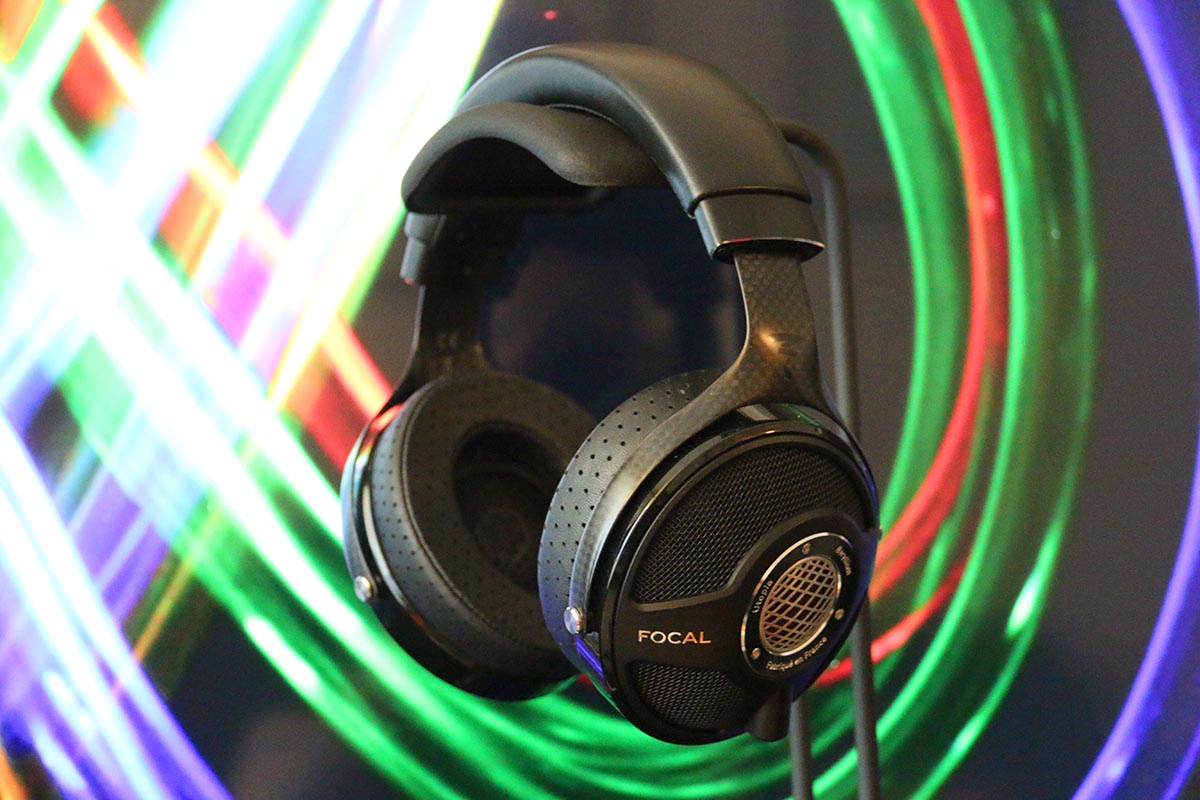
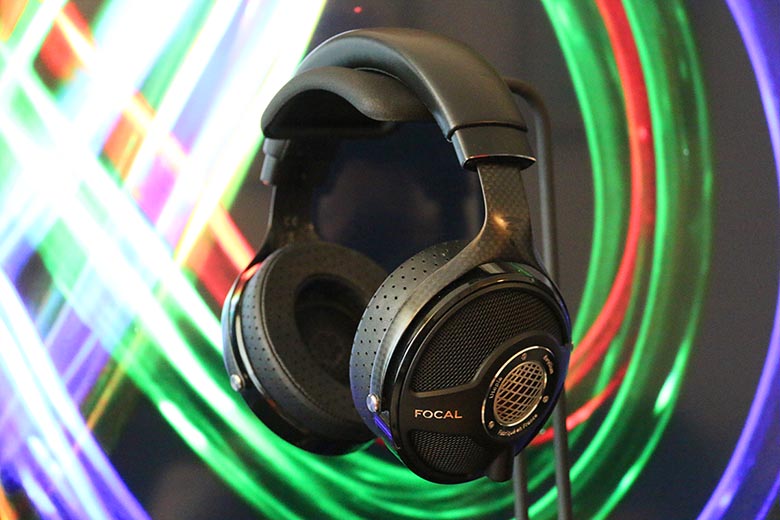
The Master Switch


The Master Switch
The Focal Utopias are among the best headphones on the planet. That’s not a hyperbole. It’s not shilling. It’s just the truth. Sorry to spoil the conclusion of this review, but we can’t pretend to be ambivalent here. With these headphones, Focal beat Stax, Sennheiser, Abyss, AUDEZE and every other headphone maker on the planet, without even breaking a sweat. In this review, we break down the Utopia’s sound, design, comfort and fit, packaging and accessories, specs and more. To see how they stack up, see our list of the best high-end headphones.
The Focal Utopia, on paper, shouldn’t be the best headphones in the world. For one thing, they are dynamic driver headphones – a type of driver that is found in everything from Beats By Dre to Skullcandy. It’s by far the most common type of headphone driver, and is vastly different to the electrostatic and planar types found in most other high-end headphones. The fact that Focal have managed to claw their way to the top of the audio world with this type of driver is nothing short of extraordinary. Of course, it’s not quite as simple as that. Focal use beryllium drivers: ultra-light, ultra-stiff, the secret weapon in their arsenal, capable of generating sound with minimal movement. What that translates to is jaw-dropping, mind-blowing, staggering detail and clarity - especially when driven by a decent headphone amp. We tested it on several, including the outstanding PrimaLuna Dialogue HP (and a big thank you to the equally-outstanding Soundroom in Vancouver, BC, for letting us swing by to do so).

By the first note, you know these are special. By the first verse, you’re in awe. The elements of the song are laid out like diamonds on black velvet. Everything is in its own place, perfectly positioned - so clear and lifelike that it’s as if you’re in studio with the musicians, watching them work, mere feet away. No headphone we’ve ever heard has shown this much clarity, this much realism. It defies belief. To call the highs detailed would be to short-change the word, and the mids are as warm and welcoming as the bed in the guest room of a favored relative. All is calm. All is clear. And the Utopia have influenced just about every pair of Focal headphones that came after them, from the much cheaper Focal Clear ($1,499 to the Utopia's $3,999 - you can read our full review of the Clear here) to the pricey, closed-back Stellia. We really can't exaggerate how good they are – one of the very few pairs of headphones that left us completely breathless.
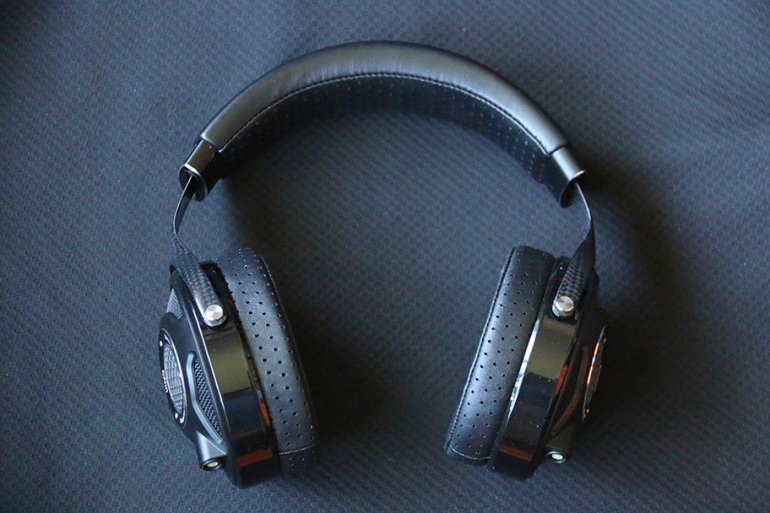
At first listen, we felt we discovered a flaw in the Utopia’s sound: slightly anaemic bass. But after a few minutes, we realised that wasn’t fair. The bass was absolutely there, working hard in the background, as clear and concise as everything in the mids and highs. It was just restrained - its power and weight, like everything else, perfectly controlled. It doesn’t have the knockdown bass of something like the AUDEZE LCD-2, which rips and roars and snorts and dances a mad jig on your eardrums. It’s an elegant Rolls Royce to the LCD-2’s muscle car, putting out the same amount of power in a much more refined fashion. It’s true that those who don’t like the Utopias – believe it or not, such people exist – often criticize the limited low end. We think they’re full of nonsense. The low end, like everything else here, is magnificent – and if you did want the muscle car, the LCD-2 costs less than half a single Utopia, at $995.
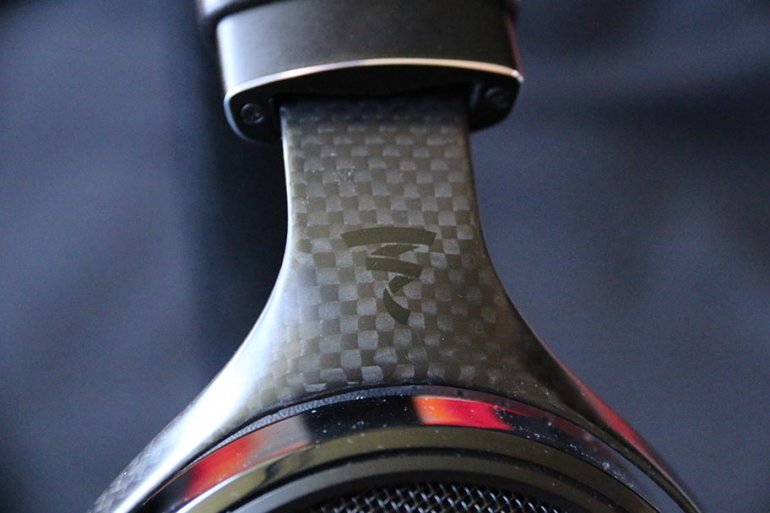
At this point, it’s worth talking about how the sound of the Utopias stacks up against their biggest rivals. Normally, we get into this at the very end of the review, when we talk about the competition. But calling a pair of headphones the absolute best means that we need to address this a little bit sooner. So, while we will go into more detail on that section, here’s why we think the Utopia’s better than everything else. For a pair of headphones to be considered better than all the others, they have to be all things to all people. They have to be able to handle absolutely anything you throw at them, under all circumstances. They have to be comfortable, luxurious, with pinpoint clamping pressure and fit. They have to be a perfect ten - or as close to it as makes no difference. And in our opinion, that’s the Utopias. The headphones get everything right. Compare them to the AUDEZE LCD-4, a planar magnetic headphone par excellence. A flagship model, capable of unbelievable low end and wonderful air and space in the sound. Wood and leather. They are a wonderful pair of cans, and we highly recommend them. But they are also heavy, and very large – something which could and has caused problems for us. They cost around the same asthe Utopias, at $3,995 - but we know which one we’d rather have. For the record, the Utopias weigh in at 1lb, while the LCD-4 are 1.32lbs.
The Sennheiser HD800s are often held up as the go-to reference headphone, capable of presenting the clearest sound imaginable. But they sound pale and wimpy next to the black-velvet detail of the Utopias. Ditto for the Stax SR-007 and 009, although those come close. These headphones are the kind that audiophiles discuss in hushed, almost reverent tones. The clarity and definition are legendary, as they should be. But here’s the dirty little secret about Stax: some things just don’t sound right in them. Take hip-hop for example. The Stax models just don’t have the weight and bass presence to really show it in its best light. Oh, it’ll sound superb. Of course it will. But listening to hip-hop on a pair of SR-009s is like eating a giant bucket of Korean fried chicken at a five-star restaurant. We adore Korean fried chicken. And we love five-star restaurants. They are both singular, exemplary experiences. But the two just feel wrong together.
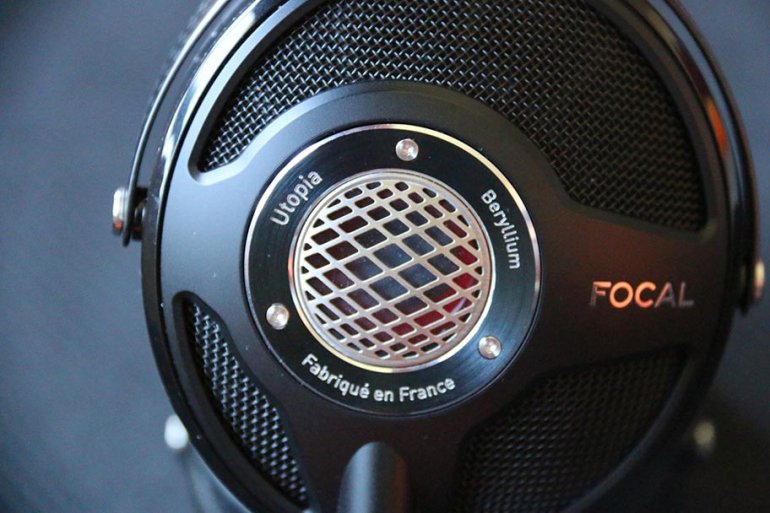
Here’s another bit of trickery from the Utopias. It came when we first pulled the headphones out of the box, and realised that they didn’t look and feel particularly high-end. We were expecting wood-grain, even though we knew it wasn’t a part of these headphones. We wanted the same luxurious feel under our fingers, the same kind of impression that so many other high-end headphones have given us in the past. And at first glance, the Utopias looked…a little boring. They both felt and looked like any other pair of headphones, not dissimilar to others in the Focal lineup. They had no particular design highlights, nothing to really draw the eye. It was mildly disappointing.
Until we realised that the hinges weren’t plastic. They were carbon fibre. The squashy earpads were covered in luxurious, understated, genuine lambskin leather. The lack of baubles and trim was all part of the plan. What we realized was that these headphones don’t need flash for the same reason that Warren Buffet doesn’t need to drive a Maybach. When you’re the best, you don’t need to show off. You can just be. And it must be said that despite our initial misgivings about the design, these are built like a tank. We didn’t actually drop them to test their ruggedness, because we are not insane, but we felt like we could. They have a satisfying weight in the hand, and everywhere you look, there are subtle details that suggest these were put together very capably indeed. Compare them to other high-end headphones, like the Abyss Diana Phi. Those headphones are a delight, but they are also finicky and difficult, and feel like they're going to fall apart when you look at them. They're the same price as the Utopias - just under $,4000 - but once again, we know which headphones we'd pick.
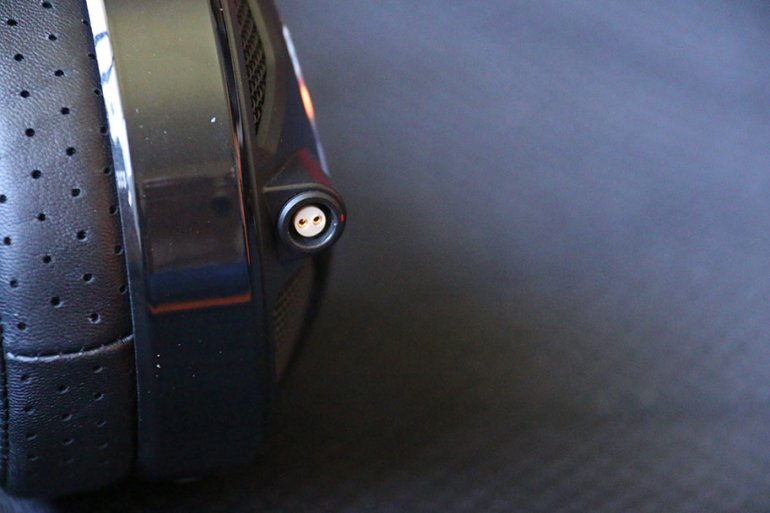
A word on the Utopia’s connections. With many high-end headphones, devotees prefer to use custom cables from the likes of Kimber Kable, which can often cost as much as the headphones themselves. We didn’t do that in this case. Not just because we are still on the fence about whether cables make any real difference, but also because the stock cable that comes with the Utopias is just fine. We’ll go into it a little bit more in the Accessories section, but it’s worth noting that the Utopias use two slim two-pin connections on the cups themselves, and you have to be quite careful when inserting them. We never had a problem, and we never felt we were in danger of breaking them, we could absolutely see it happening if we got just a little bit careless. It’s not a huge downside, but it’s definitely something to bear in mind.
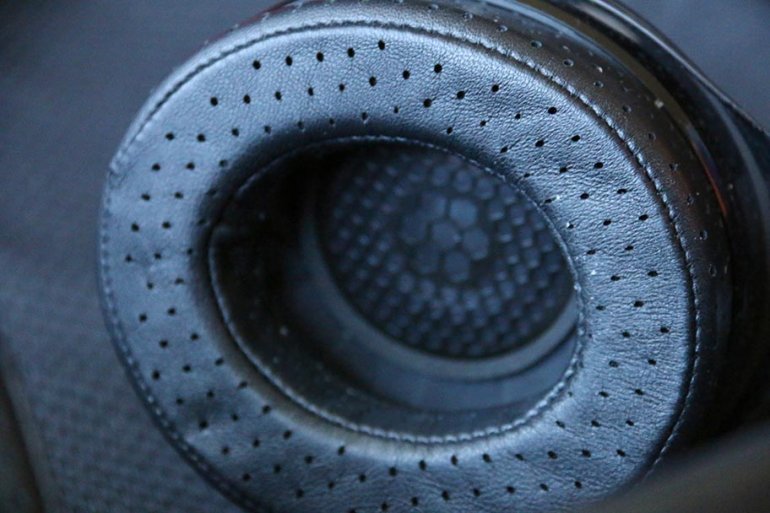
Another potential criticism: the clamping pressure. It felt a touch tight, and we initially worried that we might find it uncomfortable over time. That fear was unfounded. The headphones sat comfortable and snug on the head, the lambskin shrouding the ears. Isolation was good. Pressure was nominal. And that leather covered headband swooped over the top of the head perfectly. We can and did wear these headphones for hours at a time. When you’re paying over $2,000 for a pair of cans, this is absolutely essential, and it’s quite surprising how often high-end headphone makers get it wrong.
We don't mean to rag on AUDEZE again – we love their headphones, we swear – but it's a problem they continually struggled with. Not just with the overly-heavy LCD-4, but with the newer and lighter LCD2C (full review here). That model uses a newer headband that is supposed to increase comfort, but we still had problems with it. The Utopias are leagues ahead of any other pair of headphones in terms of comfort and fit. Even the redesign of the LCD-4 - the LCD4-Z, which is a little lighter - can't compete.
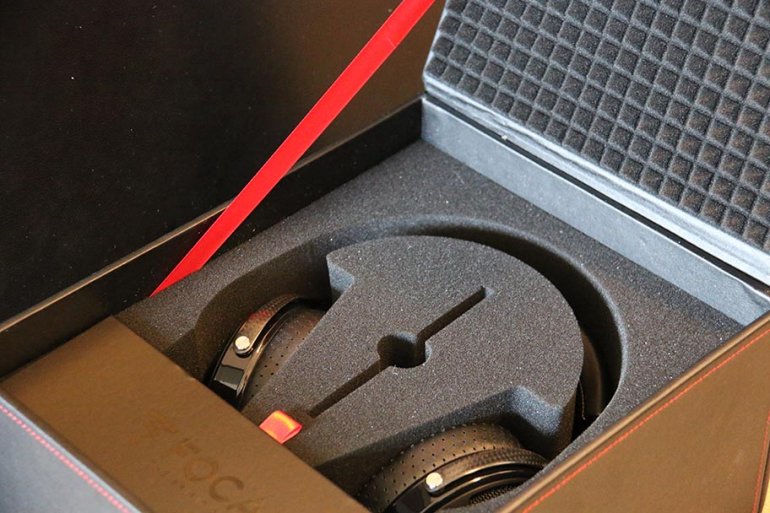
If there’s one thing we keep coming back to with these headphones, it’s the fact that their first impressions are misleading. For one thing, they have the exact same packaging as the $549 Focal Elear - here’s an unboxing video as proof. It’s a nice-enough interior, with the headphones pushed deep into black foam, and a slim cardboard box housing the cable. The most notable feature is the acoustic-panel-like knobbing on the underside of the lid. It looks good. Fine. Just not mind-blowing. But later, after we let these headphones have their way with our eardrums, we were reminded of the Warren Buffet analogy. Sometimes, you don’t need flash. Sometimes, you just need to get the job done. So, while the packaging doesn’t have too many bells and whistles, we find it very difficult to fault the headphones here.
We talked about the cable a little bit earlier, and it’s worth returning to it. It’s the lone accessory you get with the headphones – you don’t even get a carry case, which actually is a bit of a black mark, in our opinion. But that doesn’t stop the cable being seriously substantial. You could suspend a very heavy weight from it, if you were really bored and had nothing better to do. It’s a thick python, sitting snugly in the box, wrapped in a branded Velcro cable tie. At the end is a fat 6.3mm connector. It also happens to be long enough (9’) to get the job done, without getting in the way, and you can absolutely forget about tangles. They just don’t happen.
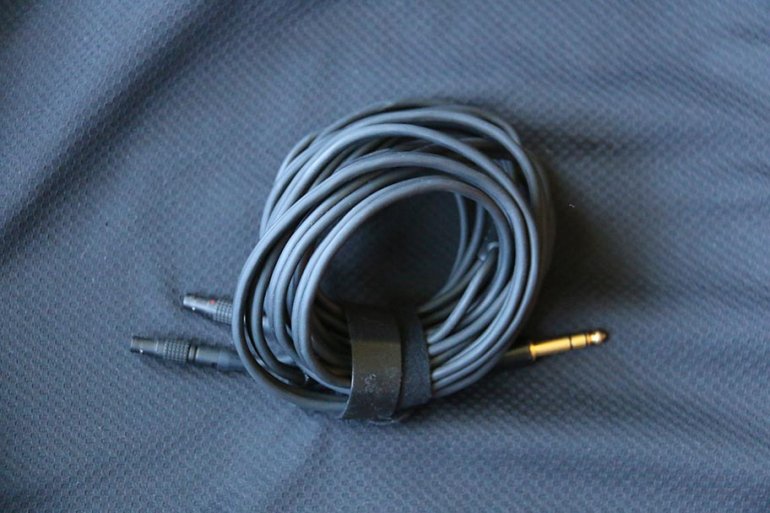
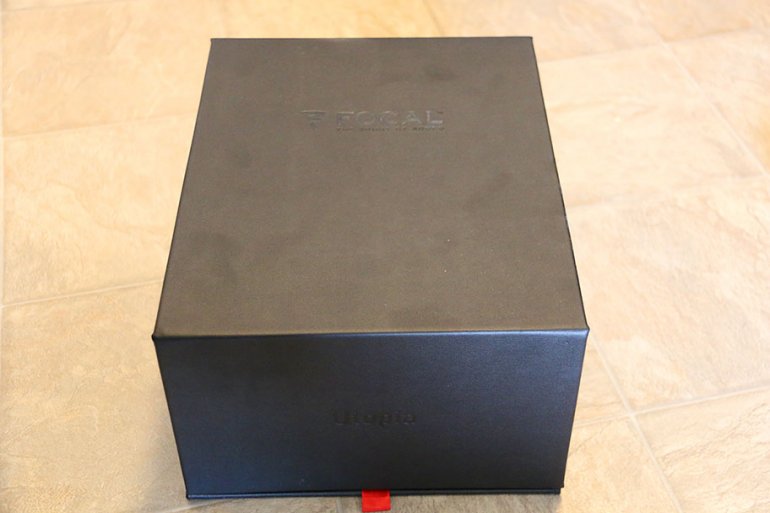
| Headphones | Price | Weight | Type | Drivers | Impedance | Sensitivity |
|---|---|---|---|---|---|---|
| Focal Utopia | $3,999 | 1.08lbs | Dynamic | 40mm | 80Ω | 104dB |
| MEZE Empyrean | $2,999 | 15.1oz | Hybrid | 102mm | 31.6Ω | 100dB |
| AUDEZE LCD-4 | $3,995 | 1.4lbs | Planar | 106mm | 200Ω | 97dB |
| Abyss Diana Phi | $3,995 | 12.3oz | Planar | 63mm | 32Ω | 91dB |
| Focal Stellia | $2,999 | 15.3oz | Dynamic | 40mm | 32Ω | 106dB |
Want Even More Master Switch? Sign Up For Our Weekly Newsletter!
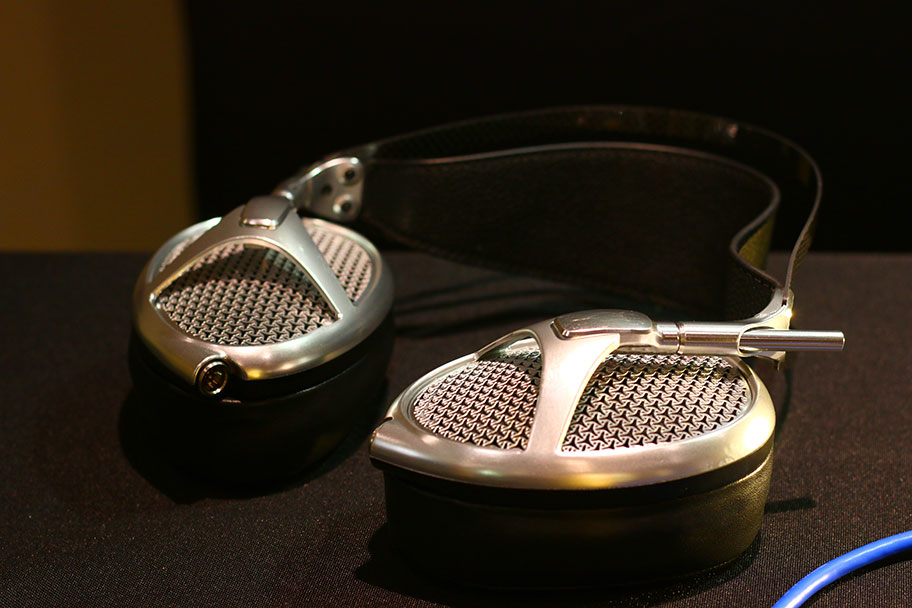
This review was originally published in 2017. The Utopias have managed to stay on top...until this year, when we heard the MEZE Empyrean. MEZE are a Romanian company, and until the Empyreans, they didn't make high-end headphones. Then they started messing around with isodynamic hybrid array drivers, and they created a pair of headphones that out-Utopia'd the Utopias. The Empyreans are cheaper ($2,999), have sound that is almost as good, and enjoy absolutely terrific looks. It's very close, but the Empyreans just - just - come out on top.
There are really only a few headphones that can compete with the Utopias. The easiest comparison is the aforementioned AUDEZE LCD-4, which is probably the Utopia’s most direct competitor. They are roughly the same price - the LCD-4s are $3,995 to the Utopia’s $3,999 – but other than that, they are actually quite different. The LCD-4s are heavy on the bass, rather than the clarity, and are much bigger and heavier than the Utopias. They also planar magnetic headphones, as opposed to dynamic (here’s an explanation of what that means). You’d pick these if you wanted to experience the space and powerful low end of planars, but honestly, we can’t imagine picking them over the amazing Utopias.
We criticized Abyss earlier, for making headphones that felt a good deal more fragile than they should be, but there's no question that they knocked it out the park with their latest: the Abyss Diana Phi. The Diana Phi are light, portable, and friendly - unusual for high-end headphones. They also sound truly astounding. They cost a hair less than the Utopia, at $3,995. The thing is, though, outside of the lightness, we can't come up with a good reason to choose these over the Utopias. The Utopias are just...better. They sound better, they look better, and they don't have the Diana Phi's weird, bendy headband. Go with Focal - that's our advice.
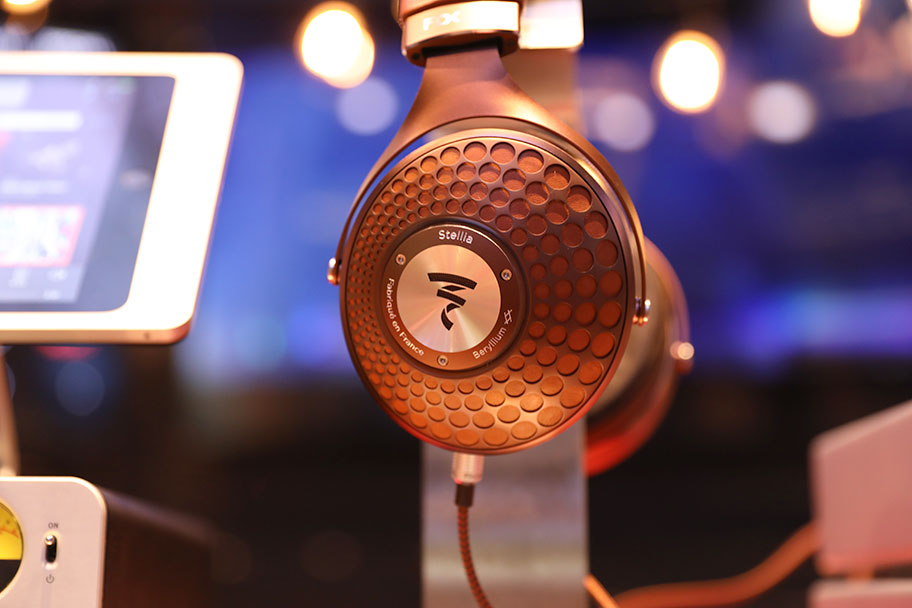
If you do want a pair of Focals, but don't want to pay the eye-watering cost of the Utopias, then we recommend the Focal Stellia. They are a closed-back version of the Utopias, and cost $1,000 less, at $2,999. Crucially, they are super-easy to drive - they have an impedance of 35 ohms, versus 80 for the Utopia. That means you can run them off a smartphone, if you're the kind of insane person who runs $3,000 headphones off a smartphone. But they sound outstanding. In addition, they come with many more accessories than the Utopias, including multiple cables. Consider them as a different alternative, rather than a direct competitor.
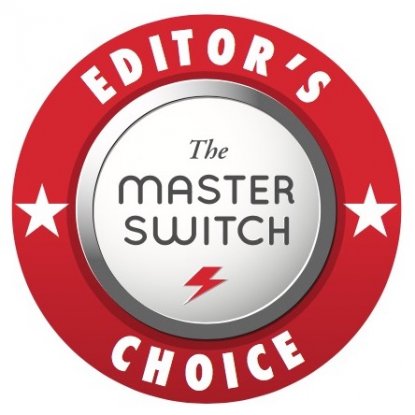
But at the end of it all, we keep coming back to the Utopias. Because what Focal have done here is absolutely extraordinary. They’ve achieved perfection. Really, it comes down to that. They’ve created the perfect headphones. Until the MEZE Empyrean came along, these were our stock answer to the question: "What are the world's best headphones? When the only negative thing about these you can think of is the question of where the hell they go from here, you realise you’re dealing with something truly special. In the end, mere words aren’t quite enough to describe the experience these headphones will give you. The only thing that will do that is putting them on, and pressing play. There’s only one conclusion here, and that’s that you should buy these immediately, if you can afford to. They are the single easiest Editor’s Choice award we’ve ever given out. After all: how often does perfection come along?
See the Focal Utopias See the Best High-End Headphones